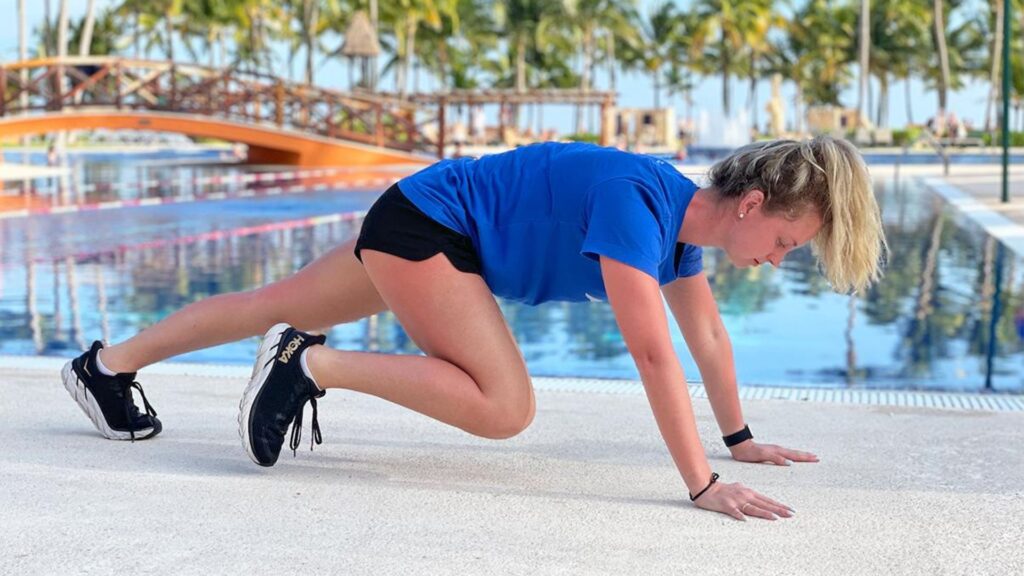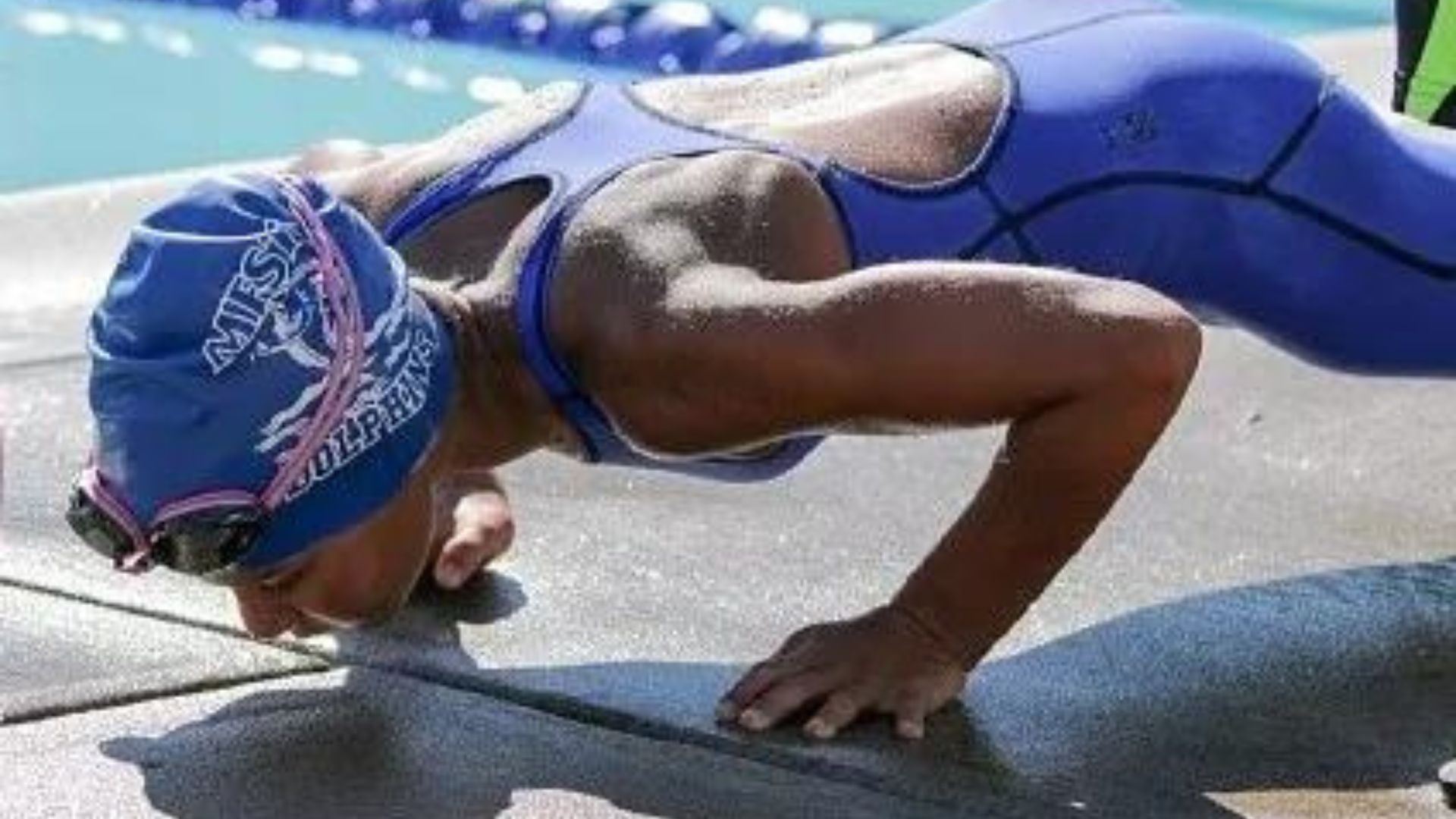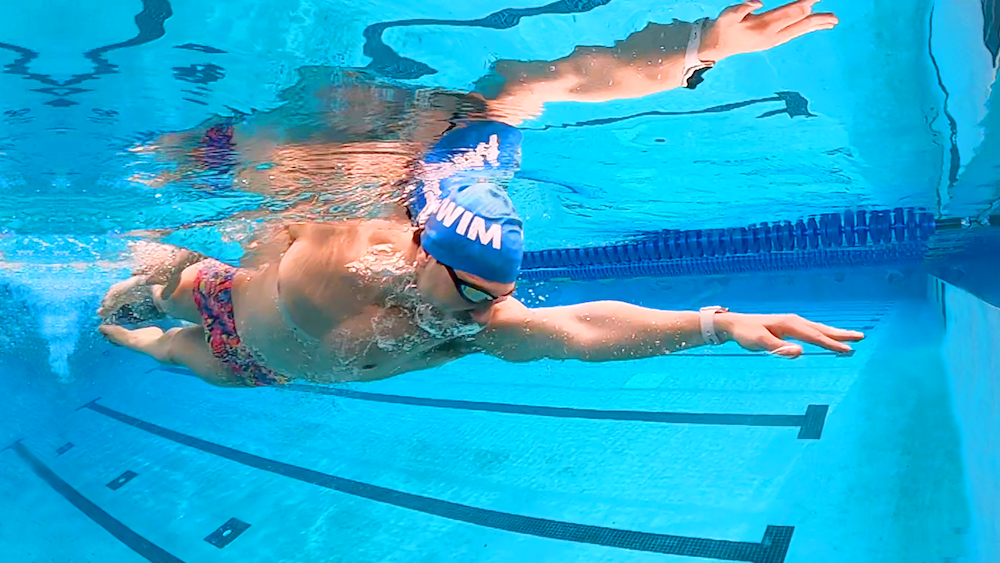Dryland training is a crucial component of any swimming club’s regimen, offering swimmers opportunities to enhance strength, flexibility, and overall fitness outside the pool. Here’s a comprehensive guide to the best practices for dryland training in swimming clubs.

Introduction to Dryland Training
Dryland training refers to exercises and activities performed outside the water to complement swimming skills. It plays a vital role in improving swimmers’ strength, endurance, flexibility, and injury prevention. For swimming clubs, integrating effective dryland practices not only enhances performance but also ensures holistic athlete development.
Benefits of Dryland Training
- Strength Development: Exercises like squats, lunges, and planks help build core strength and muscle power, crucial for efficient swimming strokes.
- Injury Prevention: Strengthening muscles and improving flexibility through dryland training reduces the risk of common swimming-related injuries, such as shoulder and knee issues.
- Enhanced Cardiovascular Fitness: Activities like running, cycling, and circuit training improve cardiovascular endurance, essential for sustained performance in the pool.
- Improved Technique: Dryland exercises can focus on specific swimming movements and strokes, helping swimmers refine their technique and efficiency.
Best Practices for Dryland Training in Swimming Clubs
1. Customized Programs
- Individualized Plans: Tailor dryland workouts to each swimmer’s age, skill level, and specific goals.
- Periodization: Implement structured phases (off-season, pre-season, in-season) to optimize training adaptations and recovery.
2. Core Strength and Stability
- Core Exercises: Include planks, Russian twists, and leg raises to enhance core stability, crucial for maintaining streamlined positions and power transfer in strokes.
- Balance Training: Utilize stability balls, balance boards, or BOSU balls to improve proprioception and coordination, essential for swimming movements.
3. Strength Training
- Functional Movements: Incorporate squats, deadlifts, and resistance band exercises to strengthen muscles used in swimming strokes.
- Upper Body Focus: Include exercises targeting shoulders, back, and arms to enhance pulling power and stroke efficiency.
4. Flexibility and Mobility
- Dynamic Warm-ups: Prioritize dynamic stretches and mobility drills to prepare muscles for training and reduce injury risk.
- Yoga or Pilates: Integrate sessions to improve flexibility, range of motion, and mental focus.
5. Cardiovascular Conditioning
- Interval Training: Implement high-intensity interval training (HIIT) sessions to boost aerobic capacity and simulate race-like conditions.
- Endurance Work: Include longer, steady-state cardio sessions such as swimming-specific circuits or outdoor runs.
6. Recovery and Regeneration
- Cooldown Sessions: Incorporate active recovery exercises like light jogging or swimming to promote circulation and reduce muscle soreness.
- Hydration and Nutrition: Emphasize proper hydration and nutrition to support recovery and optimize training adaptations.
Implementing Dryland Training Safely
- Qualified Supervision: Ensure workouts are supervised by knowledgeable coaches to maintain proper technique and prevent overtraining.
- Progressive Overload: Gradually increase intensity and volume to prevent injuries and allow for adaptation.
Conclusion
In conclusion, effective dryland training is essential for enhancing performance, preventing injuries, and promoting overall fitness in swimming clubs. By incorporating structured programs that focus on strength, flexibility, and cardiovascular conditioning, clubs can help swimmers achieve their full potential both in and out of the water. Consistency, proper planning, and individualization are key to maximizing the benefits of dryland training for swimmers of all levels.


